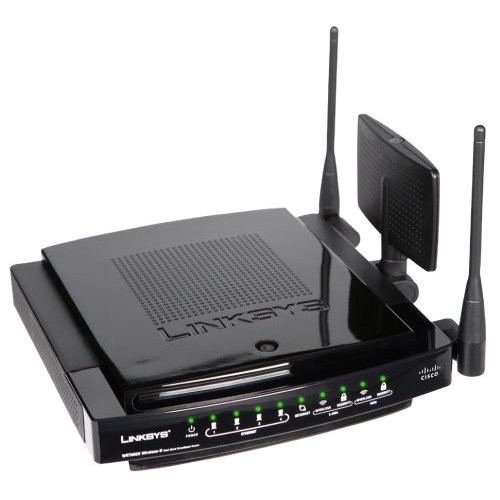Setting up a home network might seem technical, but with a few straightforward steps, you can enjoy a fast, stable, and secure connection for streaming, gaming, working from home, and smart devices.
What You’ll Need
- Router – Preferably a Wi-Fi 6 router for better speed and range.
- Modem – Provided by your ISP or purchased separately.
- Ethernet Cables – For wired connections (optional but more stable).
- Devices – Laptops, smartphones, smart TVs, etc.
- Internet Plan – Active ISP subscription with login credentials.
1: Choose Your Internet Plan
- Select an internet plan from your provider based on your household’s usage (100 Mbps+ recommended for multi-user homes).
- Your ISP will supply a modem or allow you to use your own.
2: Set Up the Modem
- Connect the modem to the ISP’s wall socket (coaxial or DSL port).
- Plug it into a power outlet and wait for indicator lights to stabilize.
- If needed, access the modem’s admin panel (e.g.,
192.168.0.1) and activate it using ISP-provided details.
3: Connect the Router
- Plug one end of an Ethernet cable into the modem, and the other into the router’s WAN or Internet port.
- Power on the router.
- Open a browser on a connected device and enter the router’s IP address (often
192.168.1.1). - Log in using default credentials (check the label on the router) and change the admin password.
4: Configure Wi-Fi Settings
- Set a unique SSID (network name).
- Create a strong Wi-Fi password using WPA3 (or WPA2 if unsupported).
- Enable a guest network to keep visitors separate from your main devices.
5: Connect Your Devices
- On each device, select your network SSID and enter the password.
- For devices like PCs or gaming consoles, wired Ethernet connections provide more stability and speed.
6: Test and Troubleshoot
- Visit a website or run a speed test to confirm the internet is working.
- If there are issues:
- Restart your modem and router.
- Recheck cable connections.
- Contact your ISP if problems persist.
Tips to Optimize Your Network
- Router Placement: Position your router centrally and elevated, away from thick walls or electronics.
- Firmware Updates: Keep your router updated via the admin panel to patch bugs and enhance performance.
- Mesh Wi-Fi Systems: For large homes, mesh systems eliminate dead zones by extending coverage.
Conclusion
By following this guide, you’ve created a home network that’s secure, optimized, and future-ready. To maintain performance:
- Regularly update passwords.
- Monitor connected devices.
- Explore advanced features like QoS for bandwidth prioritization.

